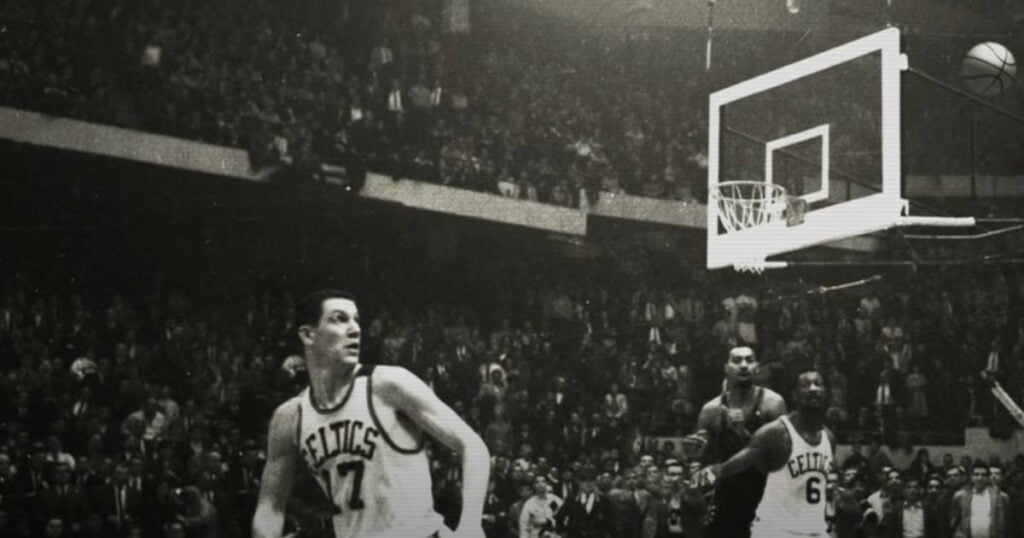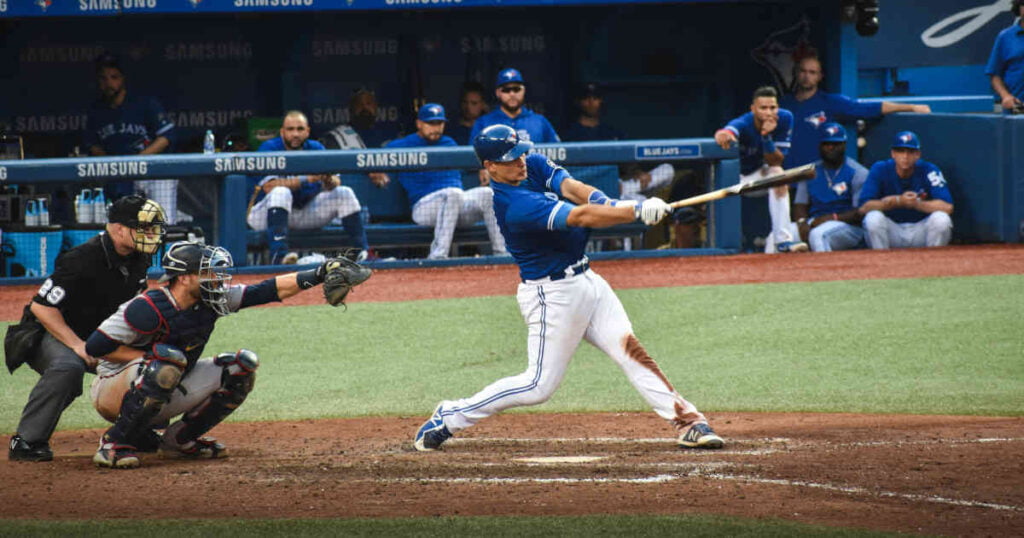Top 5 MMA Submission Artists Of All Time
Over the past couple of years, the popularity of MMA has risen significantly, and it’s widely regarded as one of the best sports today. One of the significant reasons why mixed martial arts is very successful is not just because of the spectacular knockout artists but also the submission artists.
In this post, I’ll discuss the top 5 MMA fighters in history who have mastered the art of submission to absolute perfection.
Keep reading, and find out who are the best MMA submission artists ever!
#5 – Antonio Rodrigo Nogueira
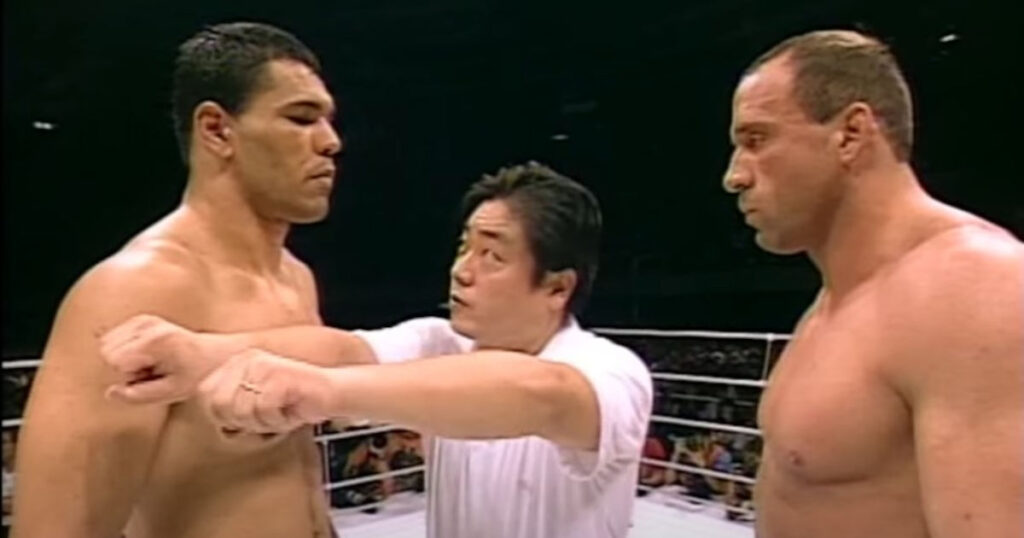
MMA Fights Won By Submission: 21
Antonio Rodrigo “Minotauro” Nogueira takes the No. 5 spot on the list of the greatest submission specialists in Mixed Martial Arts history. He was one of the most feared grapplers in MMA, and he fought in numerous MMA organizations, such as Extreme Fighting, PRIDE, UFC, and Rings. Nogueira was known for his world-class Brazilian jiujitsu skills, excellent boxing skills as well as a solid takedown game.
“Minotauro” won 21 fights via submission. His signature submission techniques were armbars and triangles, but he also won fights via other techniques like the guillotine choke, anaconda choke, and crucifix.
Throughout his career, he beat many elite MMA fighters, including Mark Coleman, Semmy Schilt, Mirko “Cro Cop” Filipovic, Dan Henderson, Randy Couture, and many others. Nogueira was the PRIDE FC Heavyweight and Interim UFC Heavyweight champion. In 2016, Nogueira was inducted into the UFC Hall of Fame.
#4 – Shinya Aoki

MMA Fights Won By Submission: 31
Next up, we have the legendary Japanese submission specialist Shinya Aoki. He entered the fighting scene in 2003 and is widely regarded as one of the finest submission specialists who’ve ever fought in the octagon. He’s a black belt in Brazilian jiujitsu and judo. Although Aoki didn’t compete in the UFC, he fought in other major fighting promotions like DREAM, ONE, Strikeforce, etc.
Aoki was so dangerous as a fighter because of his ability to pull submissions from any position imaginable. During his career, he won via submission techniques such as twister, neck crank, triangle, brabo choke, and many others. Out of his 48 wins, Aoki won 31 times via submission. He won fights against formidable fighters like Eddie Alvarez, Antonio Mckee, Kazushi Sakuraba, Vitor Ribeiro, etc.
Aoki was the DREAM Lightweight champion and a two-time ONE champion of the lightweight division.
#3 – Demian Maia
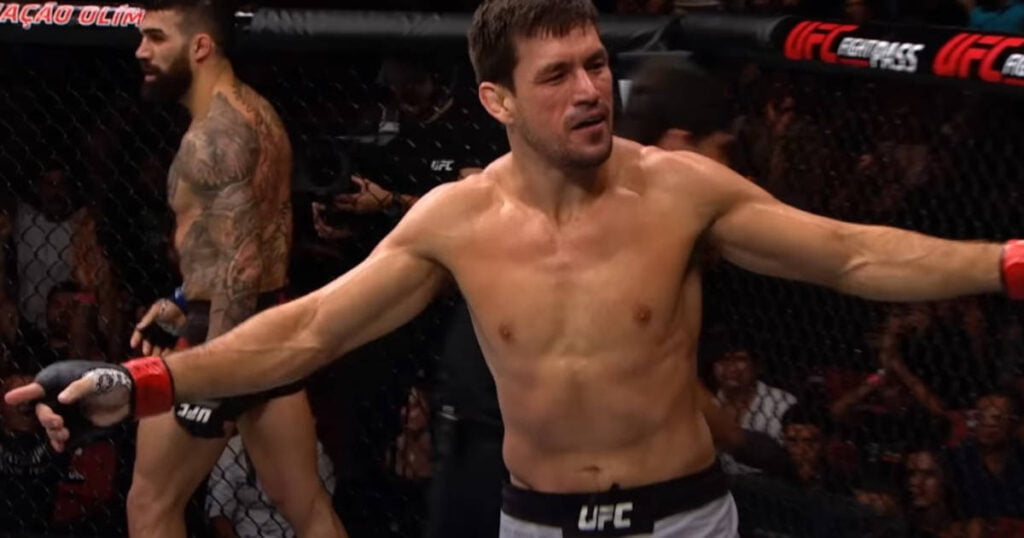
MMA Fights Won By Submission: 14
Demian Maia was one of the best in the MMA world in terms of ground game and submissions. He fought for two decades and, throughout his career, amassed 14 submissions. He ranks third on the all-time list of most wins via submission (11) in the Ultimate Fighting Championship (UFC). In addition to the UFC, he fought in SC1, GFC, and Tormenta en el Ring.
Demian Maia is a Brazilian jiujitsu third-degree black belt, and on numerous occasions, he showed his high-level jiujitsu skills.
Out of 28 wins, 14 of them were via submission. Maia submitted his opponents using various techniques such as the rear-naked choke, neck crank, triangle choke, guillotine choke, and so on. He won against phenomenal MMA fighters like Chael Sonnen, Carlos Condit, Jorge Masvidal, Ben Askren, etc.
#2 – Royce Gracie
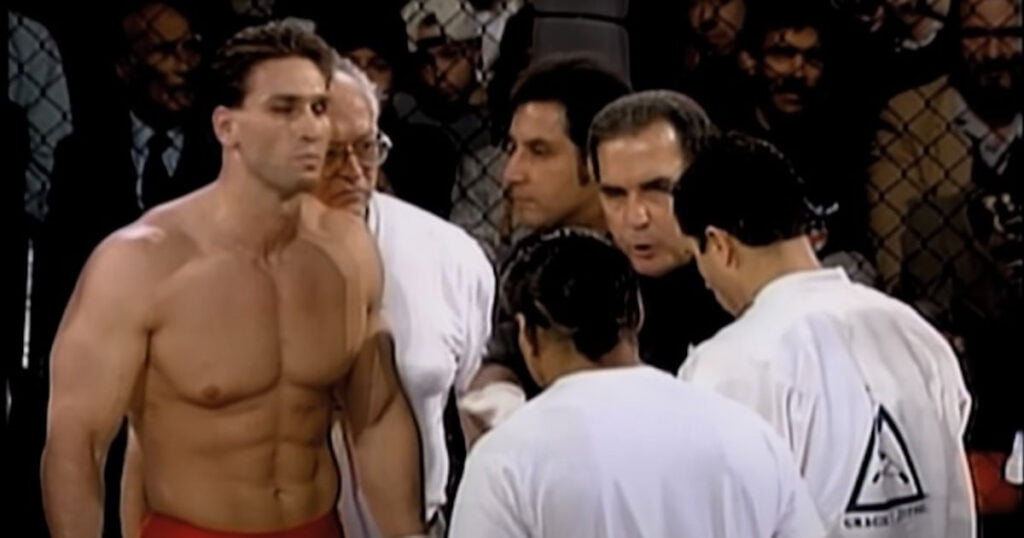
MMA Fights Won By Submission: 11
The second MMA fighter on the list of the top 5 submission artists in history is Royce Gracie, a member of the famous jiujitsu family who introduced jiujitsu into the MMA world. Gracie was known for beating much bigger opponents than him and winning fights even when it seemed like he would lose.
Royce fought in the 1990s in the first five events that the UFC held. Out of those five events, Royce won three. Moreover, to win the tournament, you have to beat three opponents. So, in those three events that Gracie won, he submitted all nine fighters! A truly astonishing feat.
He submitted his opponents via lapel choke, smother choke, armbar, rear-naked choke, etc. Royce beat MMA legends like Ken Shamrock, Dan Severn, and Kazushi Sakuraba.
#1 – Charles Oliveira
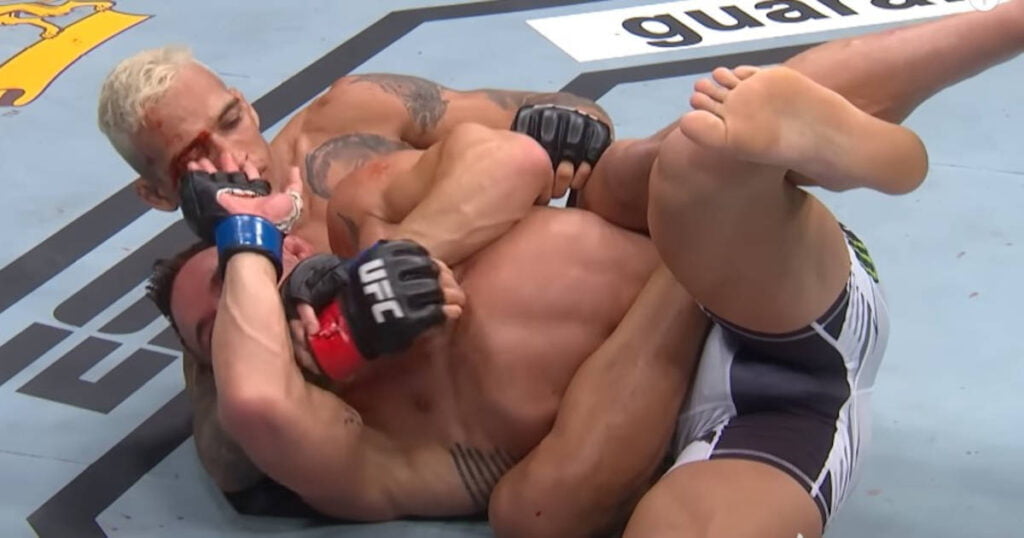
MMA Fights Won By Submission: 21
One of the greatest submission artists to ever step into the octagon is the legendary Brazilian—Charles “do Bronx” Oliveira. He’s a truly lethal grappler and one of the best at finishing fights via submission. Despite being a great grappler, he also took his kickboxing to another level in the last couple of years.
Oliveira is the UFC’s number-one fighter when it comes to winning by submission (16). That record will surely be hard to break.
Over the course of his career, Oliveira had many ups and downs. From August 2015 up until December 2017, Oliveira lost 4 out of 6 fights, and he was pretty close to exiting the UFC. However, after those six fights, Oliveira bounced back. He won 11 fights in a row and became the UFC Lightweight champion, beating the likes of Michael Chandler, Dustin Poirier, and Justin Gaethje.
Oliveira has been in the UFC since 2010, and his impressive resume will surely earn him a spot in the prestigious UFC Hall of Fame.
